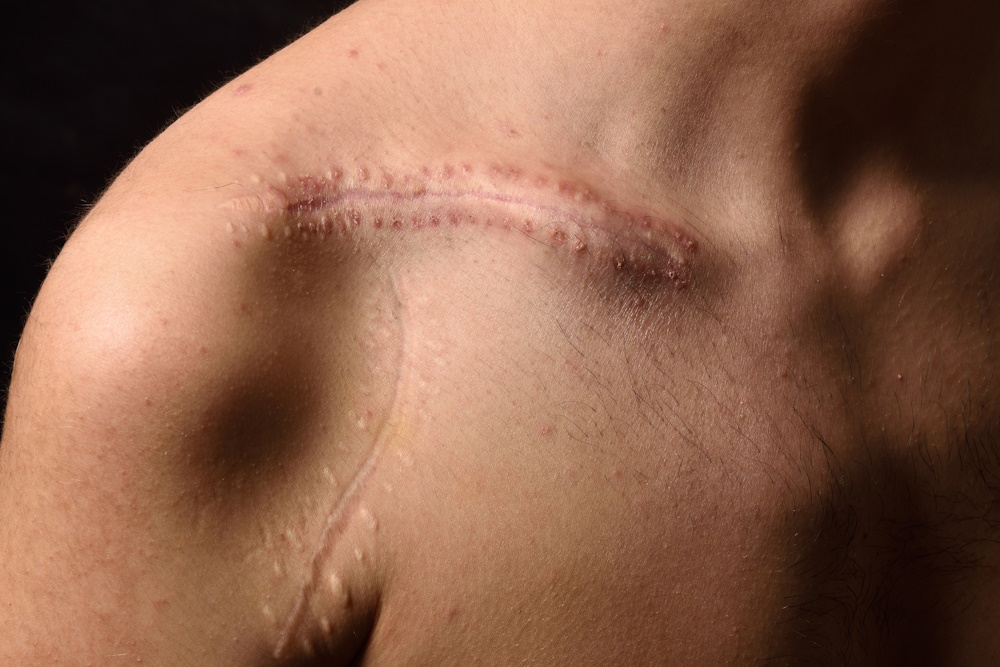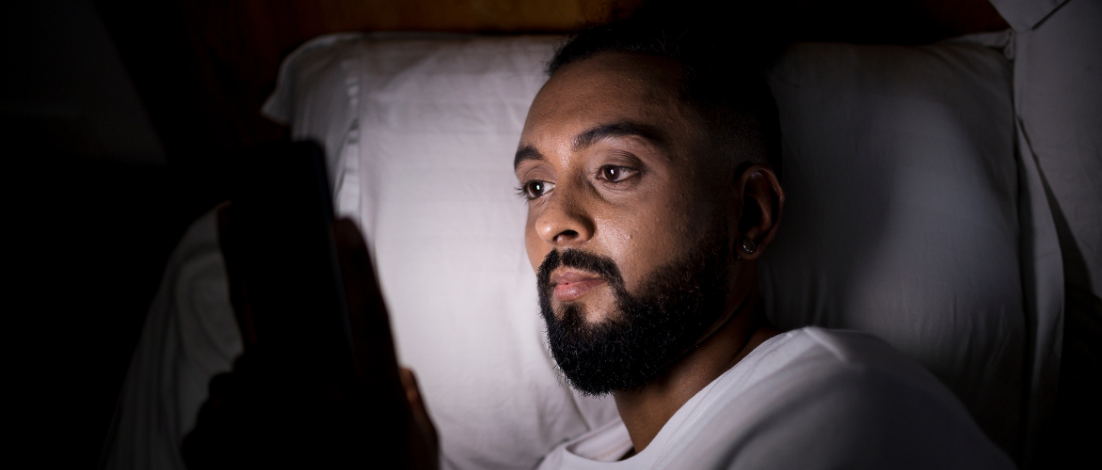A scar is a natural part of the body’s healing process after skin injury. It forms when the skin repairs itself by producing collagen, a protein that strengthens the injured area. While most scars fade over time and cause little trouble, some scars are classified as unstable scars, which can present ongoing issues long after the initial wound has healed. Unstable scars are characterized by persistent changes in appearance, discomfort, and even functional impairment.
Types of Unstable Scars
Unstable scars differ from typical scars due to their ongoing and unpredictable changes. They can include the following types:
- Keloid Scars
- Thick, raised scars that extend beyond the original wound’s edges.
- More common in individuals with darker skin tones.
- May be itchy, painful, or cosmetically concerning.
- Hypertrophic Scars
- Thick and raised but confined to the original wound site.
- Often caused by tension or poor healing during the wound closure process.
- Contracture Scars
- Result from significant skin damage, such as burns.
- Can tighten the skin, affecting nearby muscles, joints, or tendons, leading to restricted movement.
- Linear vs. Nonlinear Scars
- Linear scars are straight and often result from surgical incisions or minor cuts.
- Nonlinear scars may spread in irregular directions, often seen with burns or severe injuries.
What Makes a Scar “Unstable”?
Unstable scars are distinguished by their lack of resolution. Unlike stable scars that fade and flatten over 12–18 months, unstable scars may remain raised, red, itchy, or painful indefinitely. They can also spread or change over time, leading to functional limitations or psychological distress.
Factors influencing unstable scar development include:
- Depth and size of the wound: Deeper or larger wounds are more likely to result in unstable scars.
- Genetics: Individuals with a family history of keloids or hypertrophic scars are at higher risk.
- Location: Scars in high-tension areas like joints are more prone to instability.
- Healing environment: Poor wound care or infections can disrupt normal healing and promote scar instability.
Complications of Unstable Scars
Complications associated with Unstable Scars
While stable scars can serve as unobtrusive reminders of past injuries, unstable scars can invite a host of complications. Predominantly, their problems are two-fold: physical discomfort and psychological distress.
Physical Discomfort
- Pain and Itching: Chronic irritation can significantly reduce quality of life.
- Restricted Movement: Contracture scars near joints can limit mobility and cause discomfort during daily activities.
Aesthetic Concerns
- Unstable scars often look unusual or unsightly, impacting confidence and self-esteem.
Increased Health Risks
- Burn Scars and Cancer Risk: Burn scars, especially those from deep injuries, have been associated with an increased risk of squamous cell carcinoma, a type of skin cancer.
- Studies show that individuals with visible or uncomfortable scars may experience anxiety, depression, or social withdrawal due to their appearance or chronic symptoms.
Pre Unstable Scars
Preventive steps can significantly reduce the risk of unstable scars forming:
- Proper Wound Care
- Keep wounds clean to avoid infection.
- Avoid scratching or disrupting the healing process.
- Minimize Tension
- Reduce tension on the wound by immobilizing joints or using supportive dressings.
- Protect Against UV Exposure
- Sun exposure can worsen scar discoloration; use sunscreen or protective clothing.
Treatment Options for Unstable Scars
Treatment for unstable scars depends on the severity and type of scar. Options include:
Non-Surgical Treatments
- Silicone Sheets or Gels
- Helps flatten and soften scars.
- Recommended for keloid and hypertrophic scars.
- Compression Therapy
- Often used for burn scars.
- Reduces thickness and itching.
- Topical Medications
- Corticosteroid creams to reduce inflammation.
- Laser Therapy
- Improves texture and pigmentation.
- Effective for both keloid and hypertrophic scars.
Surgical Treatments
- Excision (removal of tissue)
- Removing scar tissue, often combined with other therapies to prevent recurrence.
- Skin Grafts (transplanting tissue)
- Used for severe contracture scars to restore functionality.
Emerging Treatments
- Cryotherapy: Freezing scar tissue, especially effective for keloids.
- Radiotherapy: Occasionally used post-surgery to prevent keloid recurrence.
Link to VA Disability Ratings for Scars
For veterans, unstable scars may qualify for VA disability compensation. The VA evaluates scars based on their location, size, and whether they cause pain or functional impairment.
To learn more about how scars are rated, visit the VA website.
Unstable scars are more than skin deep—they affect physical health, emotional well-being, and sometimes functional ability. Understanding their characteristics and available treatment options empowers individuals to seek effective care and improve their quality of life.
If you or a loved one is dealing with unstable scars, consult a dermatologist or specialist to explore treatment options tailored to your needs. Remember, early intervention is key to better outcomes.
Seeking Professional Help
Navigating the VA appeals process can be overwhelming, mainly when gathering and organizing evidence. Consulting a professional can improve your chances of a successful appeal. We have a special guide for those looking to learn about the 4 Common Paths veterans often take to file their VA claims. A well-prepared medical evidence file can make all the difference in obtaining the benefits you deserve.
Remember, veterans deserve the support they’ve earned. If you want to learn more about medical evidence, contact our team of experts. Start your FREE Medical Evidence evaluation today with Trajector Medical, or watch real testimonials and stories of our clients.








